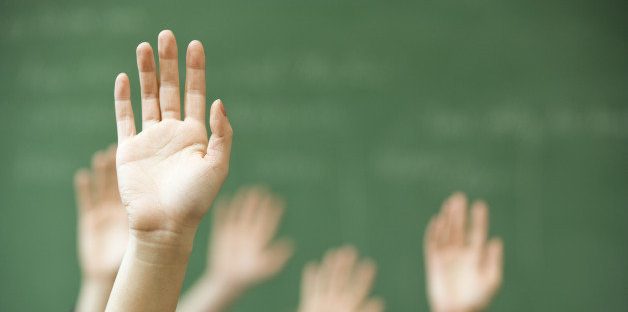CBS News reported there are 200 one-room public schools located in rural areas left in America. At one time, just about every child was taught in a one-room school. Our second president, John Adams, taught in a one-room school near Boston. Abraham Lincoln was educated at a one-room school. Henry Ford loved his one-room schoolhouse so much that he had it moved to a museum in Michigan. As late as 1913, half of the country’s schoolchildren were enrolled in the country’s 200,000 one-room schools, [b]ut after World War I, people moved into cities, and one-room schools began to disappear. […]
There are 54,876,000 kids enrolled in schools [today], of which 49,484,000 are in public schools, according to the Center for Education Reform. The student-to-teacher ratio is 16:1 in public schools and 11:1 in private schools. Total public school expenditures were $607 billion [last year], with 12.7% coming from the federal government, 43.5% from the state and 43.8% [from] local expenses. The average public school expenditure per pupil was $13,000, and the average teacher makes $49,630 a year.
If you step back and study all of these numbers, they are just so huge. The number of kids […] in our school systems, the billions of dollars we spend to keep up the learning, and the amount of buildings we construct—[it all] makes our educational system alone rank as the 21st largest economy in the world. […] [Nevertheless], New York City […] teachers […] spend $500 of their own [incomes each year] on pens, paper and other instructional materials [for their classrooms]. Taking the 3.3 million teachers nationwide spending [an average of] $500 [annually] to help their kids, and we have over $1.6 billion coming out of teachers’ pockets to keep our schools going. […]
[The] teachers I know tell me they want to do their part in changing the world one student at a time by working on their hearts and minds and guiding them to become literate, empowered, engaged and creative. These teachers are passionate about their jobs, which most feel is their calling in life, [s]o pulling $500 out of their own pocket to help others is just what they do in their selflessness to make a difference.
[A]sking our teachers to do this is not right, [though]. Whether we have kids in school or not, all of us must be concerned with the quality of education we are providing for the next generation, and, as concerned citizens, we must make a difference and help our teachers help our kids. The National Teachers Assistance Organization is taking donations to help teachers. Donors Choose, an online nonprofit charity group that matches donors and teachers for supplies and projects, reports […] a 30% increase in requests for help from teachers this year. [The] Start Donating [website] is [another] easy way to help teachers get what they need. […]
We are a well-educated society, so how did we get ourselves into this cycle of putting this financial burden and stress on the teachers who we entrust with our kids every day? Teachers’ classrooms should be a sanctuary of learning, maturing and growing our children into the next greatest generation. Instead, we have our teachers worrying about the funding for the basic functions needed to educate our leaders of tomorrow. From John Adams and his one-room schoolhouse to our modern-day consolidated schools, we are still making it difficult for these dedicated teachers to perform at their best. It is the teachers of today, like the teachers of our forefathers, with their dedication and determination, who set the example for their students by their actions of caring and giving. The rest of us need to support these public servants and ease their personal burden of doing the right thing for our kids.
Original article here: http://www.huffingtonpost.com/marc-joseph/who-pays-for-our-kids-edu_b_5512072.html
